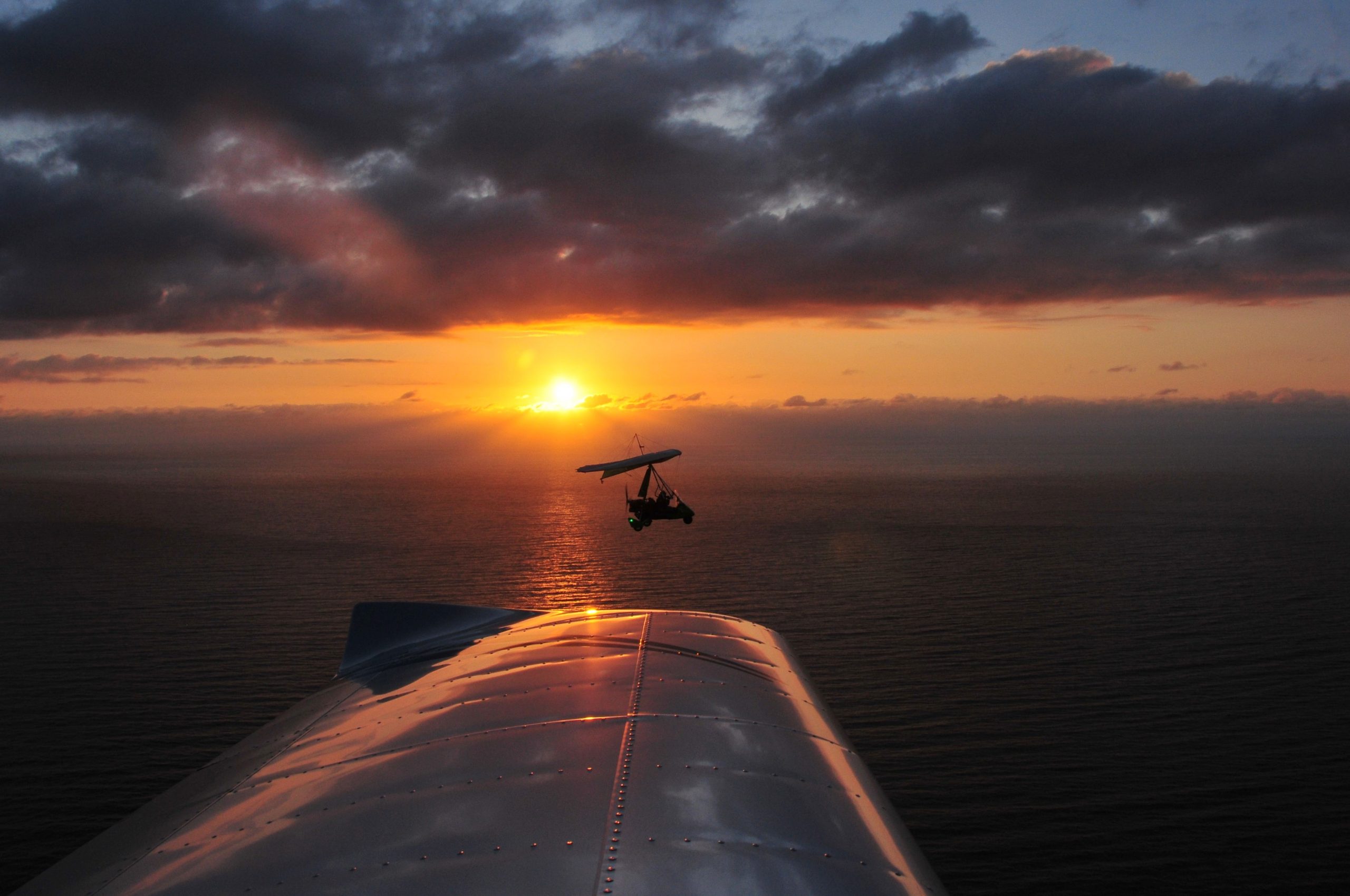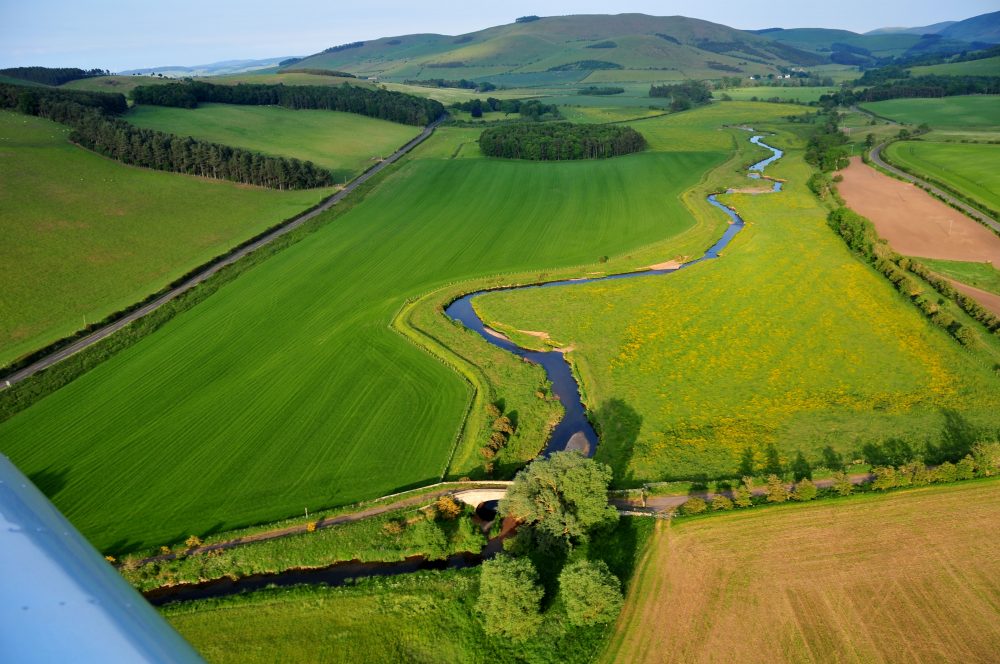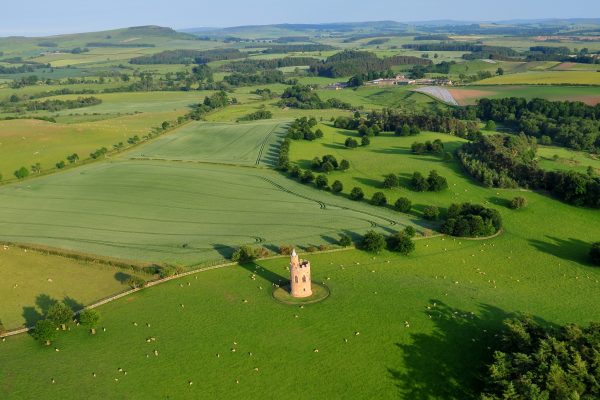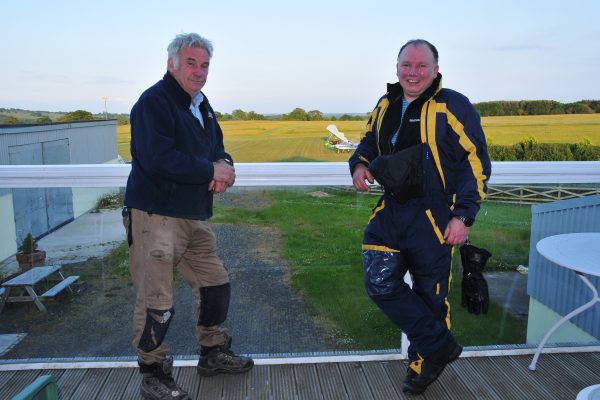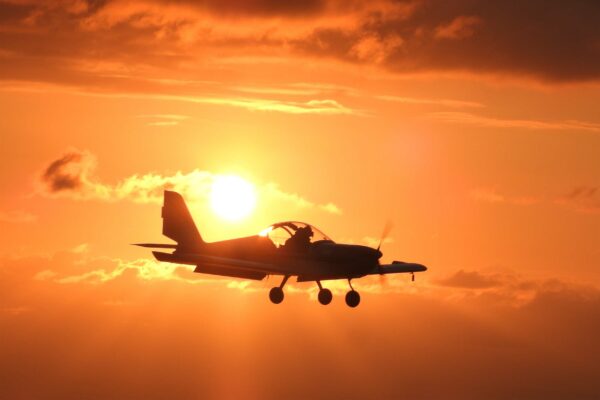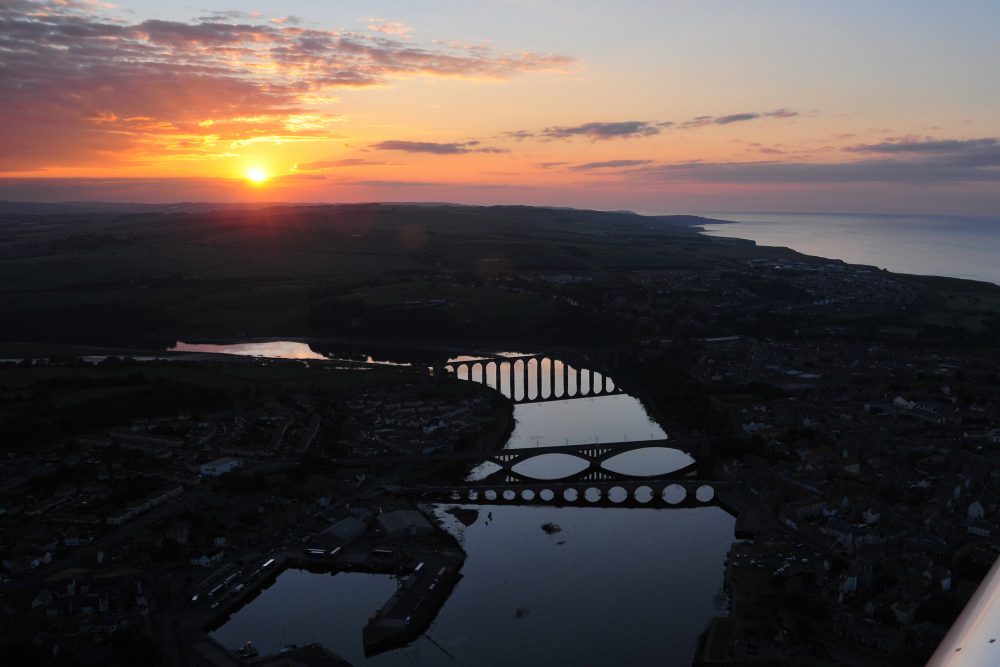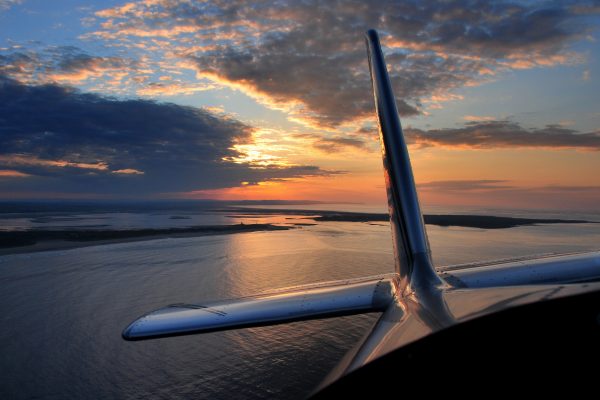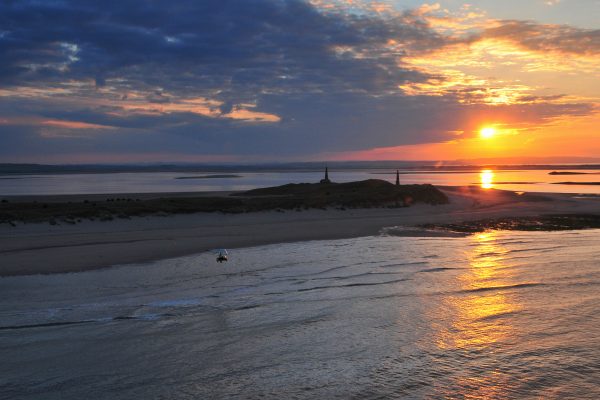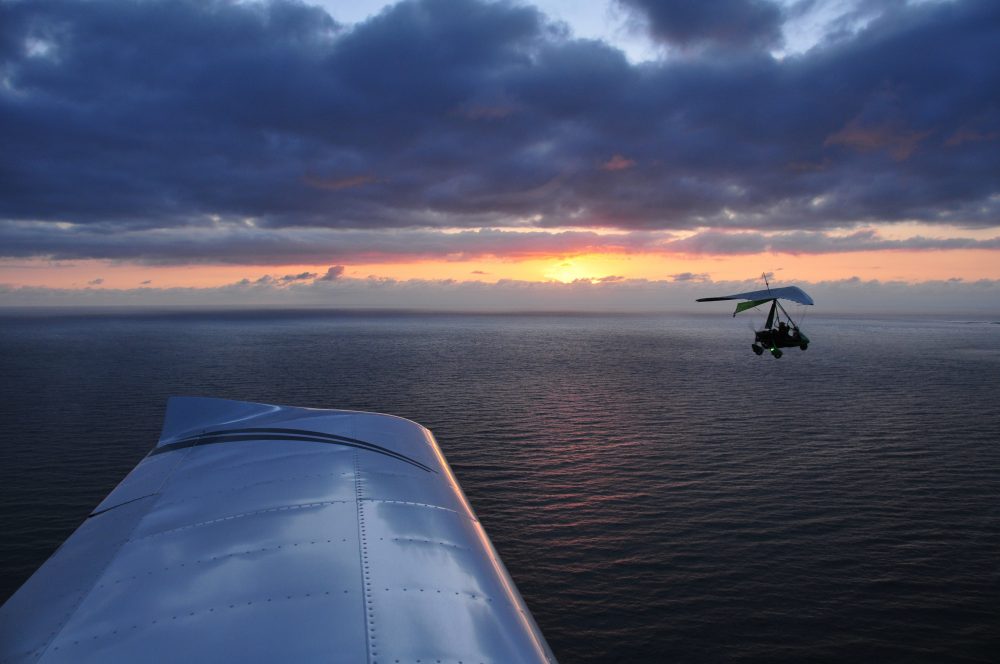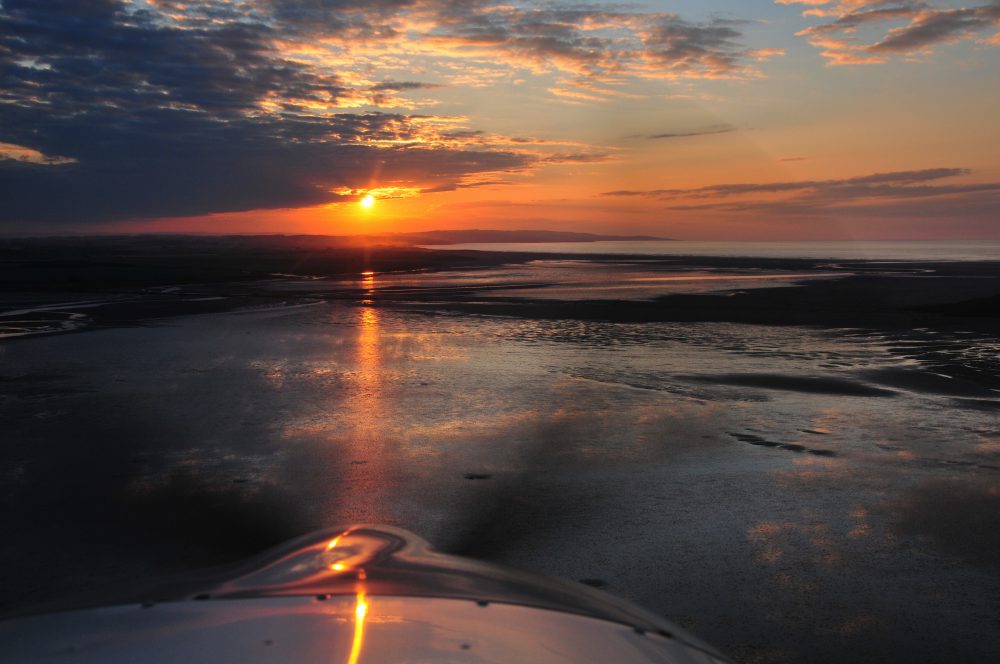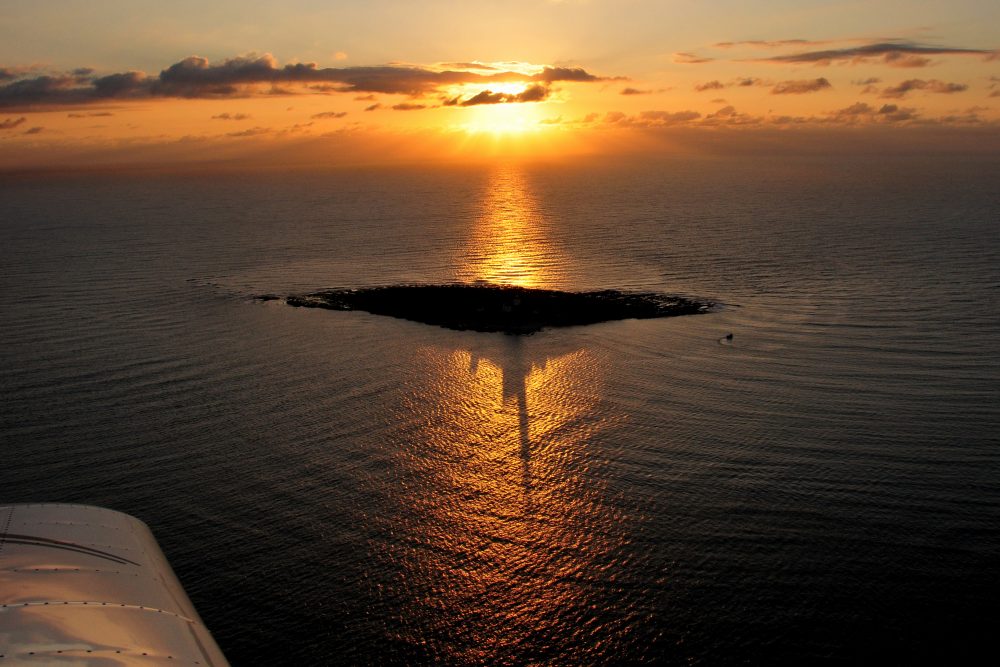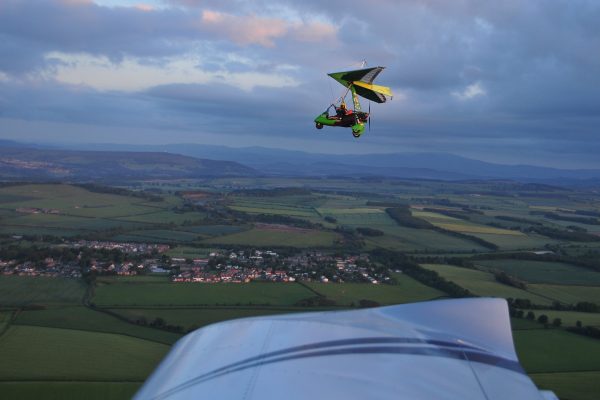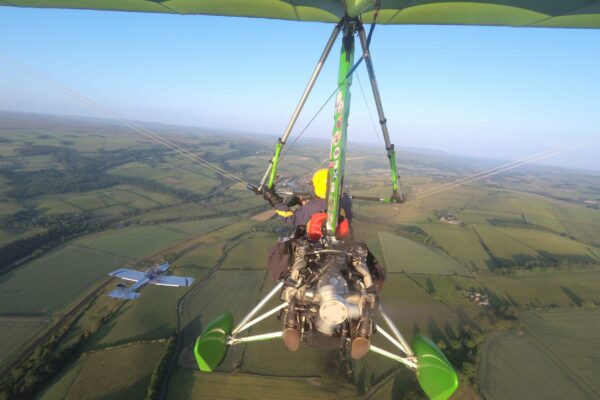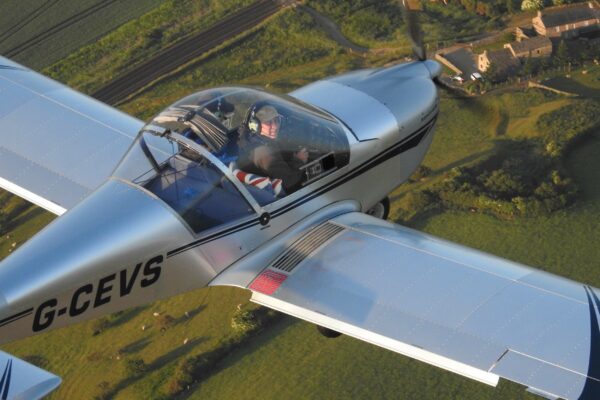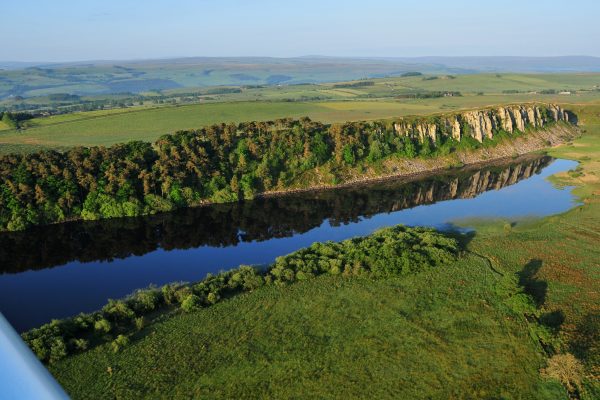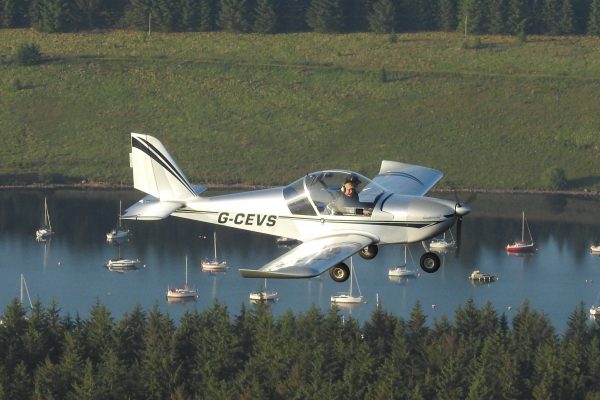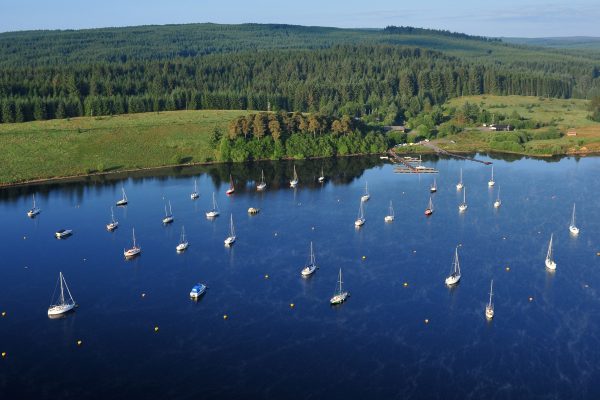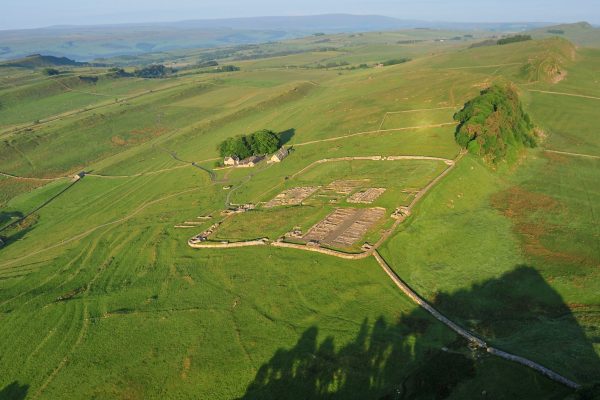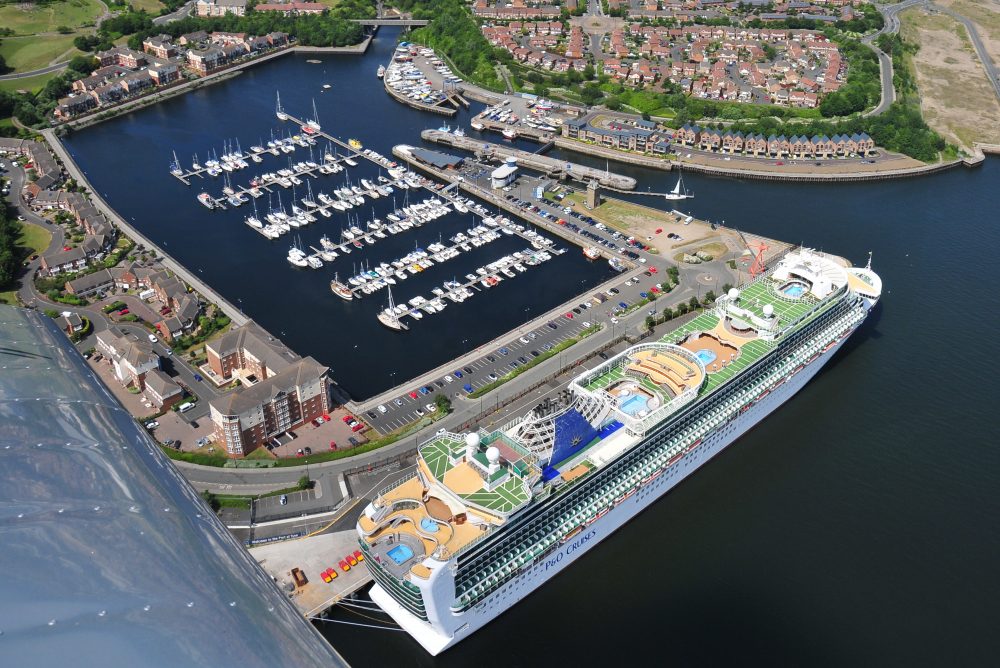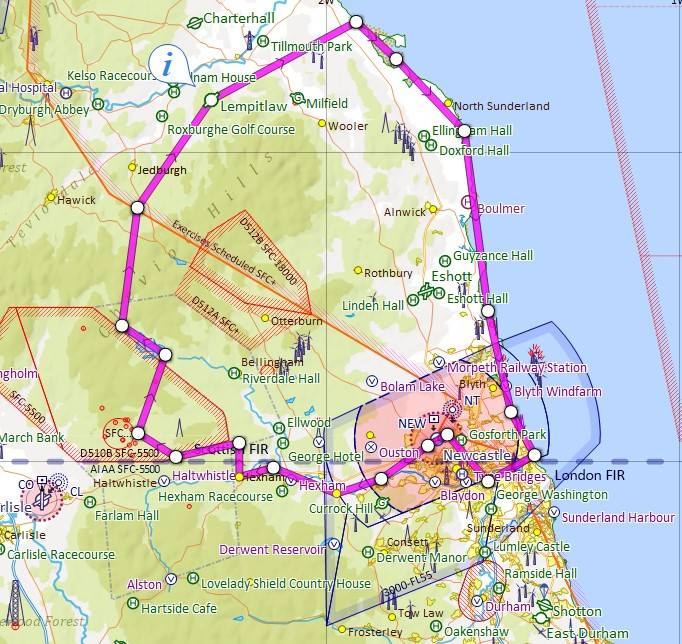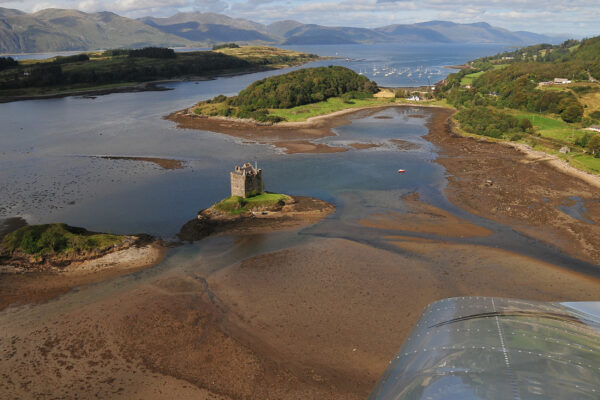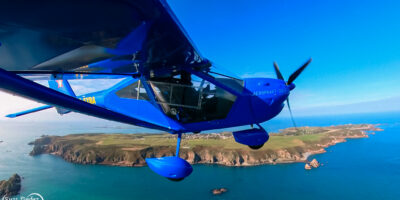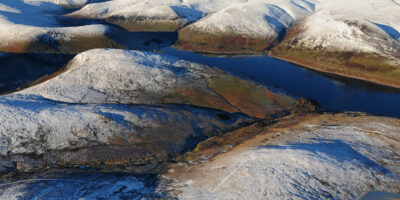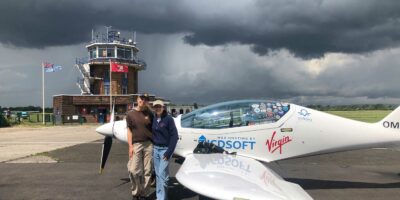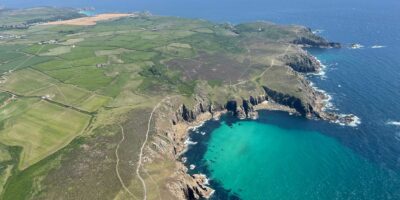We enjoy an orbit of the recently renovated Spanish City domed leisure complex at Whitley Bay, immortalised by Dire Straits in Tunnel of Love, and I treat Alex to an impromptu rendition:
And girl it looks so pretty to me, like it always did
Oh, like the Spanish city to me, when we were kids
Fortunately, Alex isn’t too traumatised by my crooning, and at Tynemouth we turn west to fly down the mighty River Tyne, scene of so much history since Roman times. The huge P&O cruise ship, MS Azur has been berthed, during the Covid lull, at the Port of Tyne since January 2021. The 290m, 115,055-ton vessel has some impressive stats and accommodates 3,100 guests in 1,557 cabins supported by a crew of 1,250.
Ships have always featured heavily in the Tyne and Newcastle’s history. The famous Swan Hunter yards at Wallsend and Walker built 1,600 ships including the then world’s largest ship, Cunard’s RMS Mauretania (launched in 1906) and the 1980s Sea Harrier carriers HMS Ark Royal and HMS Illustrious. Ship building on the Tyne finally came to an end in 2006 with the completion of the Royal Fleet Auxiliary Largs Bay. While the famous shipyard cranes that lined the Tyne are now long gone, many yards now support the growing offshore wind industry and we observe rows of huge yellow 70m wind-farm jackets (legs).
Arriving over the iconic Tyne Bridges, we orbit the city centre, largely deserted aside from a few early risers. Backlit advertising boards show up well in the half-light as does the impressive 469ft AGL crane busy building the new 14-storey Bank House Development.


